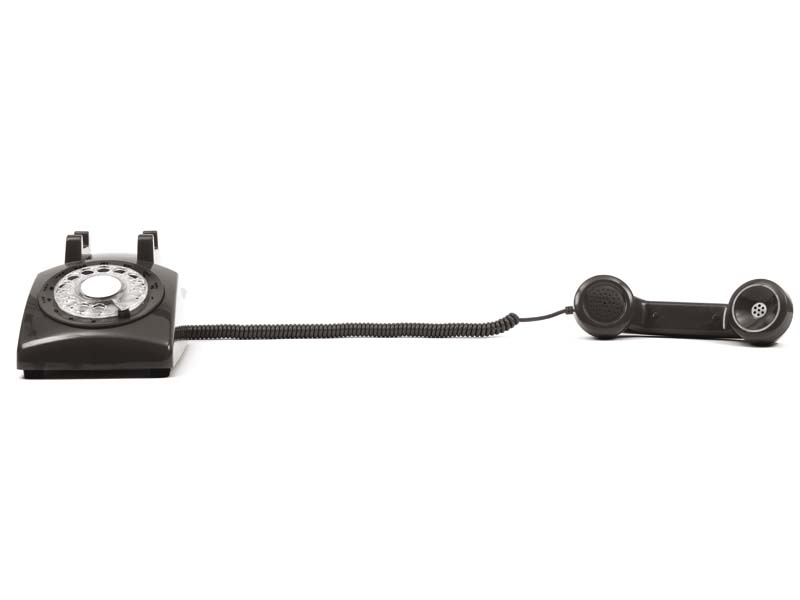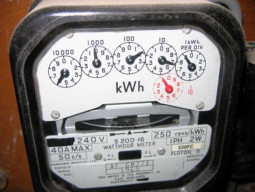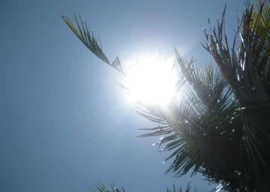
In many developed countries, a universal emergency number is the first number that a child learns to dial on a phone. Whether it is 911 in North America or 999 in the United Kingdom, these emergency numbers are the backbone of response to an emergency in developed countries. In North America, the first 911 call was made in 1968 in the state of Alabama. The American Telephone and Telegraph Company (AT&T) played an instrumental role in establishing 911 as a universal emergency number in the US contrary to popular belief, there is no ‘national 911 call centre’ in the US. Instead, the system is operated locally by large towns and cities but mainly by counties. In more than one of these call centres, telecommunication companies have a joint venture with local governments.
Dr Saeed Minhas from the Orthopedic and Trauma Surgery Department at the Jinnah Postgraduate Medical Center has years of experience dealing with medical emergencies and disasters in Pakistan. According to him, “A universal emergency helpline is the need of the hour especially in Karachi. During emergencies and disasters, there seems to be confusion as to who to call for help.” He adds, “It is important to have a GPS facility to locate victims immediately as well.”

During the June 2015 heatwave, Dr Minhas points out, all major hospitals were nearly full to capacity and several lives were reportedly lost as victims wasted precious time searching for a vacant bed in any hospital. If a universal helpline was available, people could have been given information on heatstroke centres in Karachi, Dr Minhas feels.
Dr Ubaid Ahmed, who handles cerebrovascular emergencies at Liaqat National Hospital, describes three types of patients: some patients suffer from a cerebrovascular accident, and immediately recognise the urgency of receiving medical care and have transportation available so they can rush to the hospital; others are unable to recognise or understand the symptoms they are experiencing and will first approach general practitioners before they are rushed to a hospital, and finally, some patients have no access to a doctor or emergency helpline and wait for ambulances to transport them to the hospital.
“This last group has the poorest outcome on morbidity and mortality,” explains Dr Ahmed. He states that an emergency helpline would help these patients immeasurably as emergency operators can also help friends or family members identify symptoms in cases of heart attacks or strokes. “More importantly, helpline operators can direct the ambulances to take patients to the advanced tertiary care facilities handling these emergencies directly.”

The emergency response system in Pakistan is completely chaotic. During a major disaster, such as a bomb blast, electronic media is often the first source of information for rescue authorities, emergency doctors and surgical teams in major public hospitals. The disaster site, once located, is approached by different ambulance networks besides the police, electronic media vans and curious bystanders. Since there is no coordination, ambulances end up clogging the entry and exit areas to the site. Often, survivors are involved in salvaging bodies and ferrying casualties to the nearest hospitals in auto-rickshaws, private vehicles and pick-up trucks. With no focal command and control centre, this mass rescue effort is often counterproductive.
Additionally, while there is a plethora of charity run ambulance services in Karachi, most are ill-equipped and driven by staff who have no formal paramedic training. At sites of road traffic accidents and disasters, they perform a version of the ‘scoop and run’ method of transporting casualties to the hospitals, which often results in more injuries to the patient. Often, there are scuffles at the site of disasters, as officials argue about which ambulance service should take the casualty to the hospital. Furthermore, with no central command centre channeling the wounded to the relevant hospitals, ambulances rush to the closest hospital, regardless of the priority of the victim’s wounds. Often, all critical victims are sent to one trauma centre, overwhelming staff. For instance, when a mosque in Peshawar was bombed on February 13, 2015, 44 injured victims, and 20 deceased victims were rushed to the Hayatabad Medical Complex; however, the hospital’s small emergency is not built to handle such an influx, resulting in a disaster at the hospital itself.
Without a command centre, emergency services officials are unable to do their jobs effectively. Arshad, an ex-fire fighter, recalls an instance when a distress call was received from M A Jinnah Road, Karachi about miscreants setting fire to a popular cinema house. “We rushed to the site within minutes but we did not realise that we would come face-to-face with armed rioters.” The firemen had to run for their lives as protestors pelted their trucks with stones. “We kept calling the police or Rangers for help, but no one came. We were unable to send more fire trucks to the site and watched helplessly as the building burned to ashes.”
Zahid, an ambulance driver who takes emergency calls from Lyari, Karachi, recalls an incident when he rushed to pick up a man wounded during gang fights in the neighbourhood. “I had barely parked the ambulance and was removing the stretcher when I heard gun shots. A group of men fired at me to stop me from taking the victim to the hospital.”
1. A caller dials 911, and the call is routed to the closest Public Safety Answering Point (PSAP) via the telecommunication network that it is dialed from.
2. At the PSAP, a trained emergency dispatch operator answers the call for the police, fire fighting and ambulance service. The operator follows a checklist of questions: who, what, when, where, why and weapon (known as the 6 Ws).
3. Judging the nature of the emergency, the operator contacts the relevant emergency services and passes on the address and location details.
4. The operator remains on the line with the caller, often directing them on how to handle the situation till help arrives. For instance, in one reported case, a man called 911 after choking on a piece of chicken at home. The operator directed the man to ‘fall on a chair,’ which is a modified Heimlich’s Maneuver. In another incident, two children were able to stop four intruders from entering their house after they called 911 and followed the directions of the operator and put their house on lock-down.
Dr Jahanzeb Effendi is a medical doctor, first responder and co-founder of the First Response Initiative of Pakistan (FRIP).
Published in The Express Tribune, Sunday Magazine, October 25th, 2015.























COMMENTS
Comments are moderated and generally will be posted if they are on-topic and not abusive.
For more information, please see our Comments FAQ